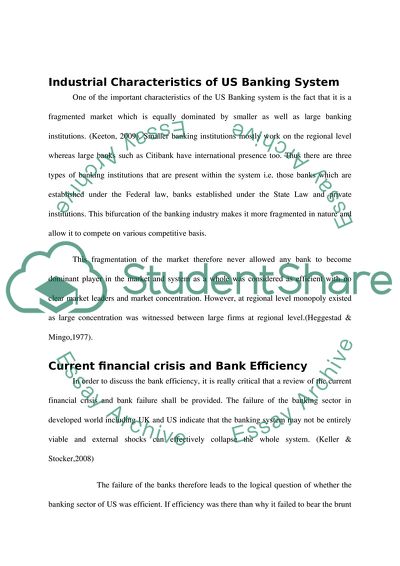Cite this document
(The Efficiency in the Banking System of the US Coursework, n.d.)
The Efficiency in the Banking System of the US Coursework. https://studentshare.org/finance-accounting/1734670-financial-institutions
The Efficiency in the Banking System of the US Coursework. https://studentshare.org/finance-accounting/1734670-financial-institutions
(The Efficiency in the Banking System of the US Coursework)
The Efficiency in the Banking System of the US Coursework. https://studentshare.org/finance-accounting/1734670-financial-institutions.
The Efficiency in the Banking System of the US Coursework. https://studentshare.org/finance-accounting/1734670-financial-institutions.
“The Efficiency in the Banking System of the US Coursework”. https://studentshare.org/finance-accounting/1734670-financial-institutions.


